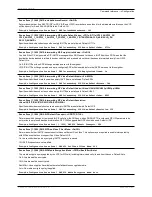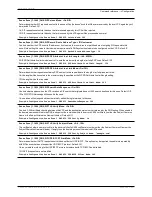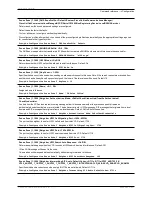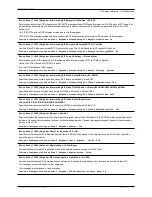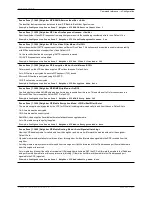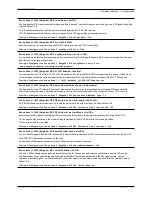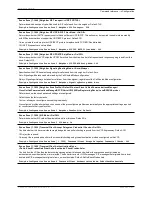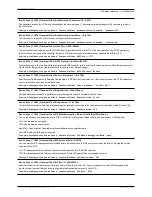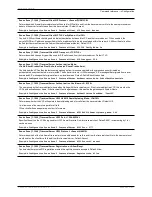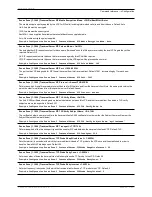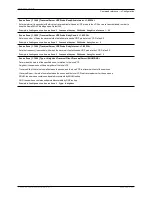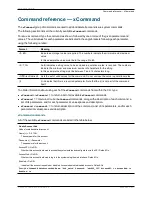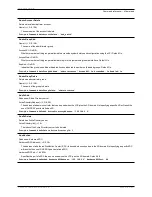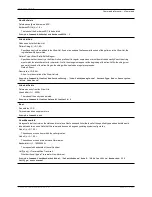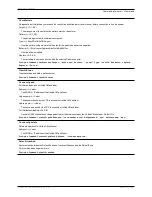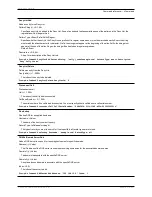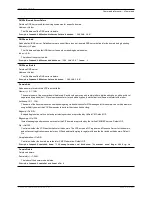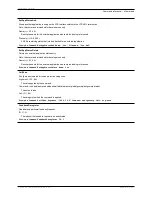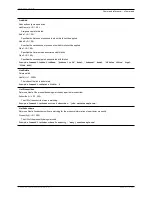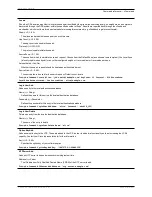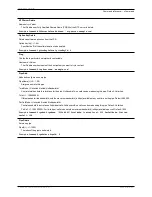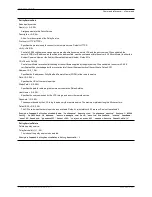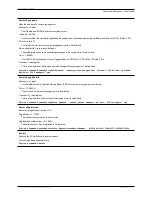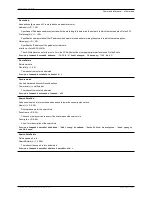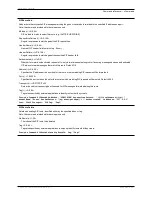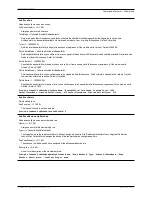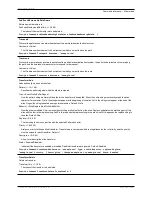
AdminAccountDelete
Deletes a local administrator account.
Name(r): <S: 0, 128>
The username of the account to delete.
Example:
xCommand AdminAccountDelete: "bob_smith"
AdminGroupAdd
Name(r): <S: 0, 128>
The name of the administrator group.
AccessAPI: <On/Off>
Whether members of this group are allowed to access the system's status and configuration using the API. Default: On.
AccessWeb: <On/Off>
Whether members of this group are allowed to log in to the system using the web interface. Default: On.
Enabled: <On/Off>
Indicates if the group is enabled or disabled. Access is denied to members of disabled groups. Default: On.
Example:
xCommand AdminGroupAdd Name: "administrators" AccessAPI: On AccessWeb: On Enabled: On
AdminGroupDelete
Deletes an administrator group.
Name(r): <S: 0, 128>
The name of the group to delete.
Example:
xCommand AdminGroupDelete: "administrators"
AdsDcAdd
Adds a new Active Directory server.
ActiveDirectoryAddress(r): <S: 0,39>
The address of a domain controller that can be used when the VCS joins the AD domain. Not specifying a specific AD will result the
use of DNS SRV queries to find an AD.
Example:
xCommand AdsDcAdd ActiveDirectoryAddress: "192.168.0.0"
AdsDcDelete
Deletes an Active Directory server.
ActiveDirectoryId(r): <1..5>
The index of the Active Directory server to be deleted.
Example:
xCommand AdsDcDelete ActiveDirectoryId: 1
AdsKdcAdd
Adds a new Kerberos KDC.
KerberosKDCAddress(r): <S: 0,39>
The address of a Kerberos Distribution Center (KDC) to be used when connected to the AD domain. Not specifying a specific KDC
will result in the use of DNS SRV queries to find a KDC.
KerberosKDCPort: <1..65534>
Specifies the port of a KDC that can be used when the VCS joins the AD domain. Default: 88
Example:
xCommand AdsKdcAdd KerberosKDCAddress: "192.168.0.0" KerberosKDCPort: 88
Cisco VCS Administrator Guide (X8.1.1)
Page 470 of 507
Reference material
Command reference — xCommand



